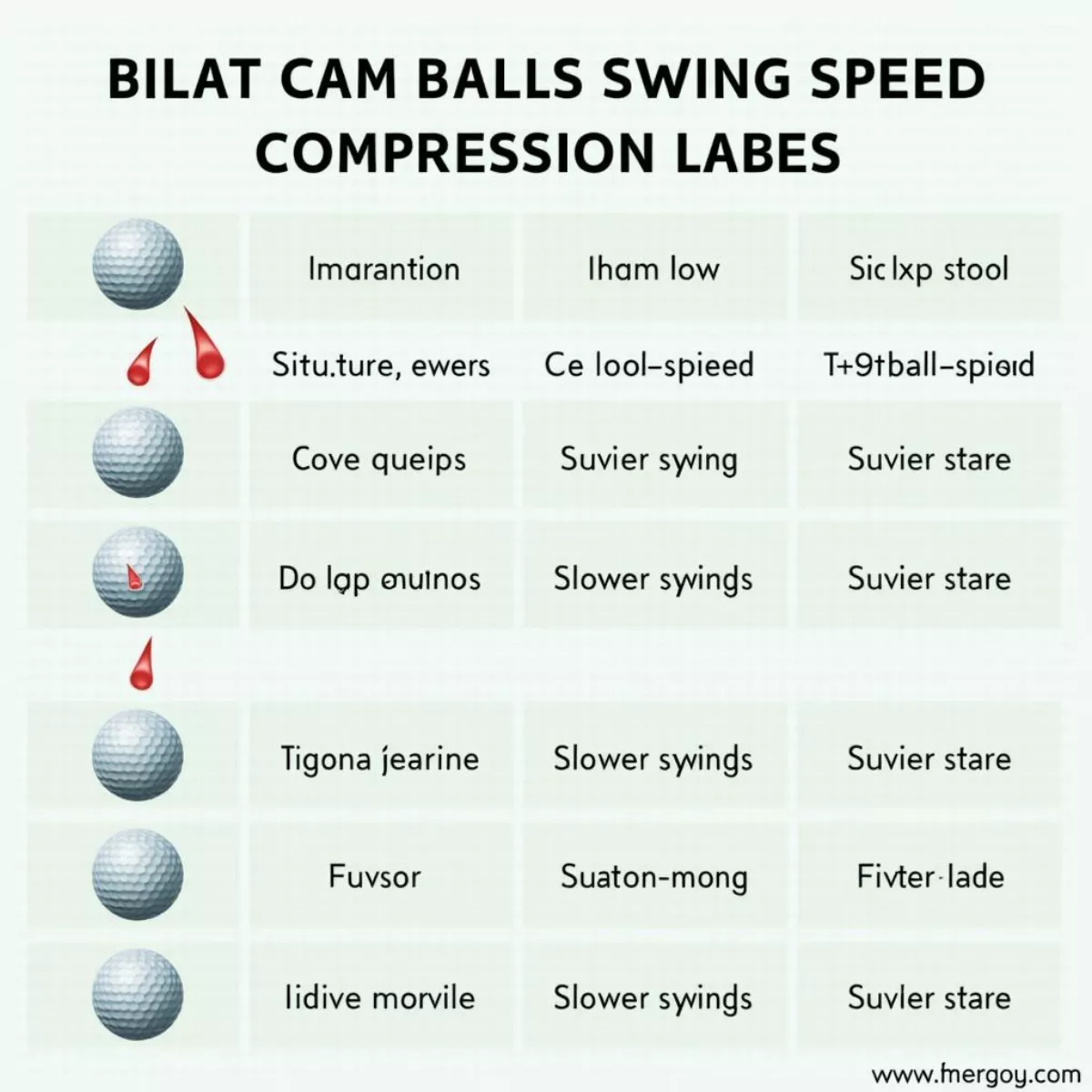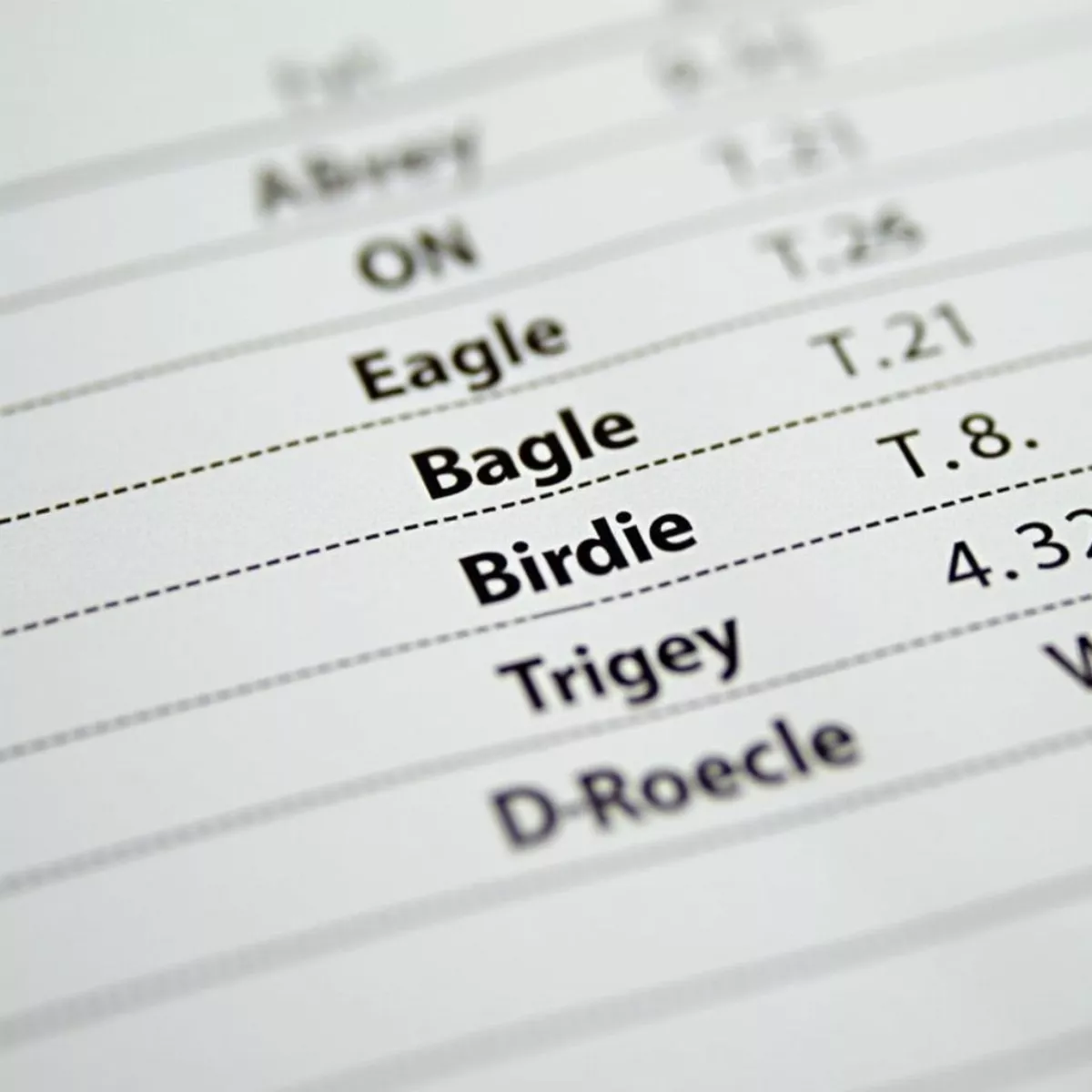Finding the right golf ball can be as challenging as mastering your swing. For beginners, the ideal golf ball can make a significant difference in how you experience the game. This guide will help you explore the best golf balls for beginners, focusing on factors that matter the most. By understanding your options, you can make an informed decision and enjoy your journey in golf!
Why Choosing the Right Golf Ball Matters
Before diving into specific options, let’s understand why the right golf ball is essential:
- Distance: Beginners often struggle with distance control. A softer ball can provide better feel and help you achieve more distance with slower swings.
- Control and Spin: A beginner-friendly ball typically offers lower spin for straighter shots, aiding in both accuracy and confidence.
- Price: Quality balls can come with a hefty price tag, but as a beginner, you might want to focus on value for money rather than premium-priced options.
Key Factors for Beginners
When choosing a golf ball, consider the following factors:
- Compression: This affects how the ball reacts at impact. Softer golf balls with lower compression ratings are often recommended for beginner golfers.
- Construction: Two-piece balls are typically the best option for beginners due to their durability and distance capabilities. Multi-layer balls often provide better spin and feel but may be more suitable for experienced golfers.
- Cover Material: The common cover materials are Surlyn (durable, less spin) and urethane (more spin, feel). Beginners usually benefit from Surlyn covers.
Top Golf Balls for Beginners
Here’s a curated list of some of the best golf balls for beginners, focusing on their features and benefits.
| Golf Ball | Compression | Cover Material | Key Features | Price Range |
|---|---|---|---|---|
| Srixon Soft Feel | 60 | Surlyn | High launch, low spin, excellent distance | $$ |
| Titleist TruFeel | 60 | Surlyn | Great feel, longer distance, and soft touch | $$ |
| Callaway Supersoft | 38 | Surlyn | Low compression, vibrant colors, great feel and distance | $$ |
| Wilson Duo Soft | 50 | Surlyn | Soft feel, great for slower swing speeds | $$ |
| TaylorMade Noodle | 45 | Surlyn | Budget-friendly, great for distance, and durability | $ |
| Volvik Vivid | 35 | Surlyn | Unique colors, high visibility, great distance | $$ |
1. Srixon Soft Feel
The Srixon Soft Feel ball is an excellent choice for those new to the game. The Soft Feel provides high launch, lower spin, and incredible distance.
Key Features:
- Enhanced soft core for improved feel.
- 338 aerodynamic dimples for better lift.
2. Titleist TruFeel
Titleist TruFeel is a staple among beginner golfers. It provides a balanced combination of distance and accuracy, which is essential when you’re just starting.
Key Features:
- Designed for better overall performance.
- Soft feel around the greens thanks to its advanced core.
 Golf Balls Comparison for Beginners
Golf Balls Comparison for Beginners
3. Callaway Supersoft
The Callaway Supersoft is another beginner favorite. Its low compression and soft cover help golfers achieve more distance with less effort.
Key Features:
- Available in vibrant colors for increased visibility.
- Low spin helps keep the ball straight.
4. Wilson Duo Soft
Wilson Duo Soft is famous for golfers with slower swing speeds. Its lightweight construction allows you to achieve maximum distance while maintaining a soft feel.
Key Features:
- Softest ball on the market.
- Excellent for all swing types but particularly great for beginners.
 Beginner Golfer Selecting Golf Balls
Beginner Golfer Selecting Golf Balls
5. TaylorMade Noodle
If you’re on a budget, TaylorMade Noodle offers one of the best value options on the market. It provides great distance without breaking the bank.
Key Features:
- Soft feel and good durability.
- Designed for increased accuracy and distance.
6. Volvik Vivid
Volvik Vivid is not just functional; it comes in exciting colors! This can be a great mental boost for beginners, as it helps with visualization.
Key Features:
- High visibility reduces the chances of losing your ball.
- Good performance from tee to green.
Tips for Choosing the Right Golf Ball
- Start with a lower compression ball to help maximize distance.
- Consider buying a sleeve instead of a full box to test multiple brands.
- Pay attention to price, especially if you’re losing balls frequently—consider lower-cost options.
“Selecting the right ball isn’t just about features; it’s about what feels right for you as a player!”
Key Takeaways
- Compression: Softer balls (lower compression) are typically better for beginners.
- Construction: Look for durable, two-piece balls that emphasize distance.
- Experiment: Don’t hesitate to try different brands and styles to see what suits you best.
Frequently Asked Questions (FAQs)
Q1: What is the best golf ball for a beginner?
- The best golf balls include Srixon Soft Feel, Titleist TruFeel, and Callaway Supersoft, offering great distance and feel.
Q2: Should beginners use expensive golf balls?
- It’s better to choose affordable options as a beginner until you improve your skills.
Q3: What compression rating should I look for in a golf ball?
- Beginners should typically choose balls with a compression rating of 35 to 60.
 Golf Ball Compression Rating Guide
Golf Ball Compression Rating Guide
Q4: Are colored golf balls good for beginners?
- Yes! Colored golf balls like Volvik Vivid can improve visibility and make the game more enjoyable.
Q5: How do I know if I need a softer golf ball?
- If you have a slower swing speed, a softer ball will likely help you get more distance.
Q6: What does the cover material of a golf ball affect?
- The cover affects durability, feel, and spin; beginners typically benefit from Surlyn covers.
Q7: Can a beginner play with a multi-layer golf ball?
- While possible, beginners typically find better success with two-piece balls designed for distance.
Q8: How often should beginners replace their golf balls?
- Replace balls as needed, especially if they become scuffed or damaged, but don’t feel pressured to buy new ones constantly.
Q9: Do high spin balls help beginners?
- High spin balls can be challenging for beginners, as they may negatively impact accuracy.
Q10: Is it worth considering custom-fit golf balls?
- Custom fitting is more valuable for advanced players; beginners should focus on trying different balls first.
Choosing the right golf ball as a beginner is crucial for effective learning and enjoying the game. Understanding your options, considering your needs, and experimenting with various brands can set you up for a successful golf journey. With the right tools in hand, you’ll find yourself enjoying the game even more!

 Golf Ball Landing on Green
Golf Ball Landing on Green
 Various golf gloves
Various golf gloves Golfer wearing a glove
Golfer wearing a glove Worn golf glove
Worn golf glove
 Golfer Experimenting with Different Golf Balls
Golfer Experimenting with Different Golf Balls Golf Ball Fitting Session
Golf Ball Fitting Session
 Callaway Chrome Soft and ERC Soft golf balls
Callaway Chrome Soft and ERC Soft golf balls Golfer choosing a golf ball in a pro shop
Golfer choosing a golf ball in a pro shop Close-up of various Callaway golf balls
Close-up of various Callaway golf balls
 St Andrews Old Course Layout
St Andrews Old Course Layout St Andrews Clubhouse with Course View
St Andrews Clubhouse with Course View St Andrews Town View
St Andrews Town View
 Golfers on the Iconic 17th Hole at St Andrews Links
Golfers on the Iconic 17th Hole at St Andrews Links Aerial View of Muirfield Golf Course with Golfers in Play
Aerial View of Muirfield Golf Course with Golfers in Play Scottish Golfer and Caddy Discussing Strategy on a Links Course
Scottish Golfer and Caddy Discussing Strategy on a Links Course Panoramic View of a Golf Course in the Scottish Highlands
Panoramic View of a Golf Course in the Scottish Highlands
 Golf Scorecard with Bird Terms Highlighted
Golf Scorecard with Bird Terms Highlighted Golfer Celebrating Albatross with Caddie
Golfer Celebrating Albatross with Caddie
 Spyglass Hill Golf Course
Spyglass Hill Golf Course Bayonet and Black Horse Golf Course
Bayonet and Black Horse Golf Course Golfers on Green in Monterey
Golfers on Green in Monterey
 Golf Cart Design Process
Golf Cart Design Process Variety of Golf Carts
Variety of Golf Carts